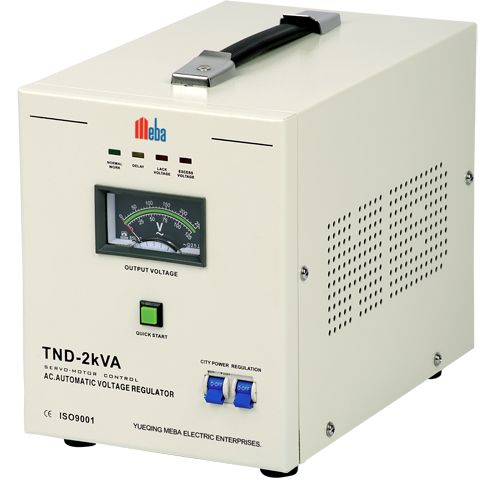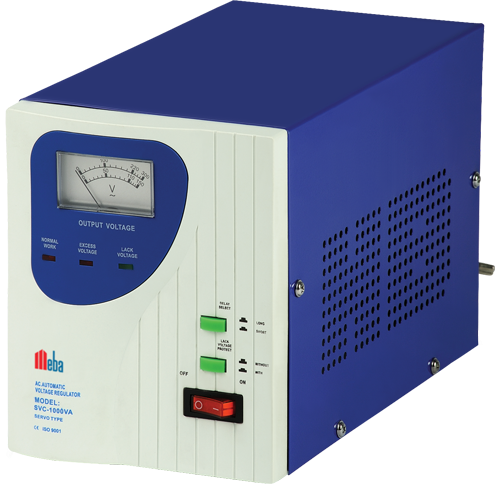All electrical equipment is programmed to operate at the preset voltage and current levels. The voltage supply is fixed and, ideally, constant for the device to work properly, whereas current consumption is dynamic and dependent on the device load. The ideal voltage required by the gadget must be maintained by a voltage regulator. Voltage regulators are present in your laptop, wall charger, and coffee maker.
The idea of a voltage regulator and its many forms will be examined in further detail in this blog, along with the common voltage regulator ICs and their typical uses.

A voltage regulator is what?
An electronic device’s power supply unit transforms incoming power into the necessary voltage/current characteristics and type. A voltage regulator is a part of the power supply unit that makes sure the voltage supply is consistent and steady under all operational circumstances. During power outages and changes in load, it controls voltage. Both AC and DC voltages can be regulated using it.
Typically, an automatic voltage regulator receives a larger input voltage and outputs a lower, steadier value. Their secondary function is to shield the electronic circuit from voltage spikes that can harm or fry them.
Many voltage regulator types
Integral circuits are frequently employed as voltage regulators in low-voltage electronic devices. Power distribution centers employ more advanced and mechanically big voltage regulators to maintain regulated 110 V (US home standards) voltage regardless of consumer needs in the neighborhood. These centers provide AC power to residential and industrial users.

Automatic voltage regulators can be found in integrated circuits, electromechanical devices, or solid-state automatic regulators, depending on the physical design. Linear and switching regulators are the two most popular subcategories of active voltage regulators. Simple transistor-based linear regulators are frequently manufactured as integrated circuits (ICs). Differential amplifiers are used by their internal circuitry to regulate output voltage in comparison to a reference voltage. The output of linear voltage regulators can be fixed or adjustable. Typically, they require an input current equal to the output current.
High-frequency switching regulators change the output voltage’s duty cycle by turning a series device on and off. They frequently use buck, boost, and buck-boost topologies.
Follow us on Facebook

